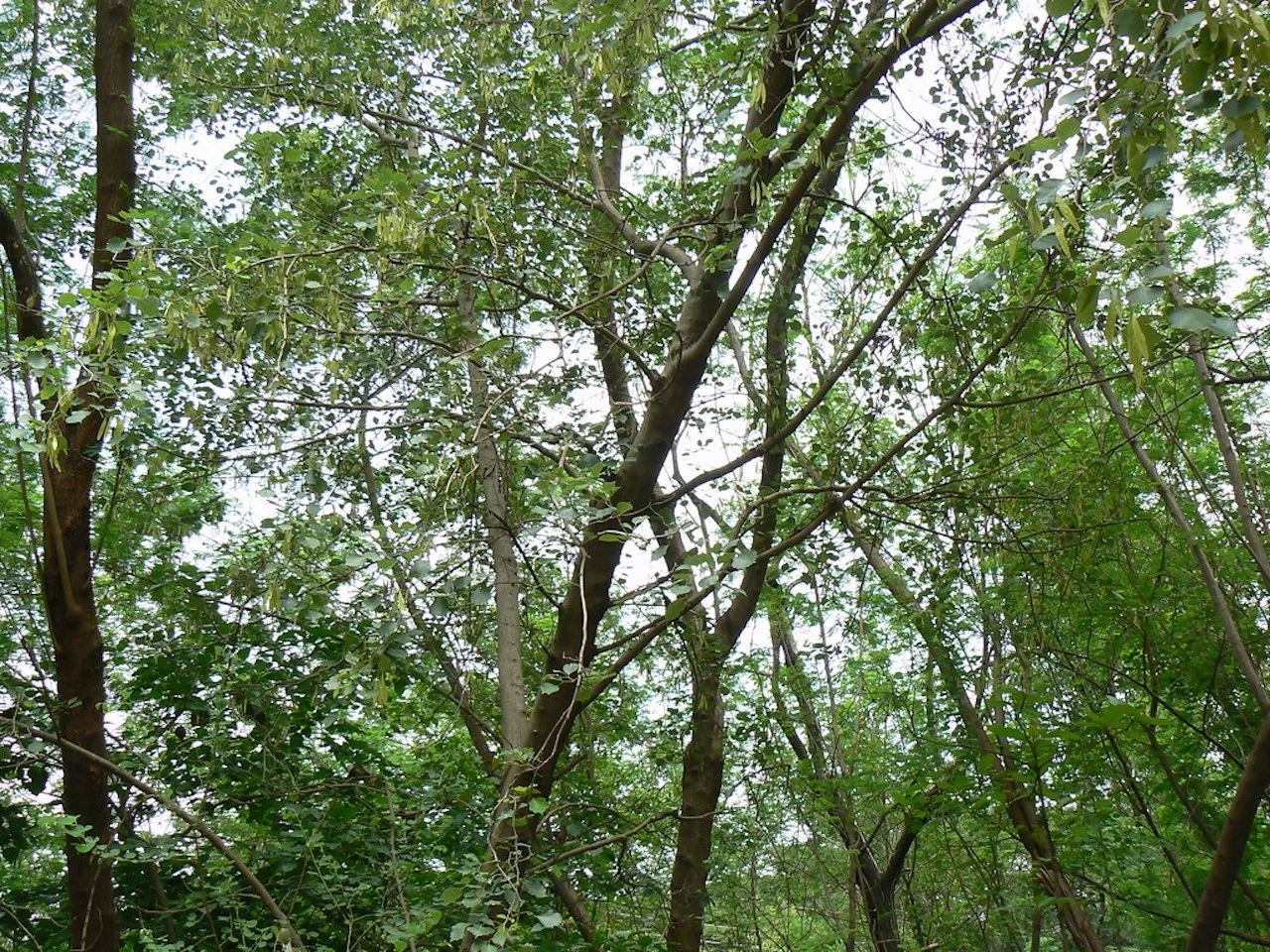
Nearly one-third of world's wild tree species at risk of extinction
The report cited farming (crops 29 per cent, livestock 14 per cent), logging (27 per cent), housing and other commercial development (13 per cent), fire (13 per cent), mining (nine per cent) and pulp plantations (six per cent) as the top threats for the tree species.
A considerable number of the world's wild tree species are in trouble, faced with a risk of extinction, according to a new global report from the Botanic Gardens Conservation International (BGCI).
Released on Sept. 1, the group's State of the World’s Trees examination indicated 30 per cent, or 17,500, of the 60,000 tree species it reviewed are currently at risk of extinction. The species that are in trouble range from oaks and magnolias to tropical timber trees.
To put it into perspective, the number of threatened tree species globally is twice the tally of mammals, birds, amphibians and reptiles in peril combined.
SEE ALSO: 'Time running out' for many maple trees: Report reveals extinction threat
Of those facing extinction, more than 440 tree species are considered to be "right on the brink," the report stated, signifying they have less than 50 individuals remaining in the wild. These species can be found across the world -- whether it's the Mulanje cedar in Malawi, with just a select few remaining on Mulanje Mountain, to the Menai whitebeam that only resides in North Wales, with just 30 trees left.
The report cited farming (crops 29 per cent, livestock 14 per cent), logging (27 per cent), housing and other commercial development (13 per cent), fire (13 per cent), mining (nine per cent) and pulp plantations (six per cent) as the top threats for the tree species.

"This report is a wake-up call to everyone around the world that trees need help. Every tree species matters -- to the millions of other species that depend on trees, and to people all over the world," said Paul Smith, BGCI secretary general, in a media release.
"For the first time, thanks to the information provided by the State of the World’s Tree report, we can pinpoint exactly which tree species need our help, so policymakers and conservation experts can deploy the resources and expertise needed to prevent future extinctions.”
COUNTRIES WITH THE MOST AT-RISK TREES
The review took five years of research to identify major holes in tree conservation efforts. According to the BGCI, it is one of the first assessments on the world's trees facing threats, and that one in 5 species are directly used by humans, for food, fuel, timber, medicines and horticulture, among other sources.
In Europe, 58 per cent of native European trees in the wild are in peril. Whitebeams and rowan (Sorbus genus) are deemed to be the most threatened species of trees across the continent.
Brazil has the notoriety of housing some of the most biodiverse forests in the world -- with the highest number of tree species (8,847) -- but also has the most threatened tree species (1,788 or 20 per cent). Indonesia has 5,716 native tree species, of which 23 per cent are threatened. Malaysia's native tree species totals 5,422, of which 24 per cent are considered threatened.
"However, the report finds that it is island tree species that are more proportionally at risk. This is particularly concerning because many islands have species of trees that can be found nowhere else," the report said.
SPECIFIC SPECIES FACING GREATEST THREATS
For the first time, it named the threats are having the biggest impact on specific tree species. Some of the tree species at risk of extinction that the report outlined include:
One of the most threatened tree groups, Dipterocarpaceae, has seen a steep drop on Borneo due to growth of palm oil plantations.
The countries with the highest number of threatened oak species are Mexico (32), China (36), Vietnam (20) and United States (16).
Timber extraction of ebony and rosewood species is resulting in widespread habitat loss across Madagascar, and of mahogany trees and rosewoods in Caribbean and Brazil.
Other major trees under threat include Magnolia and Camellia species, mainly from unsustainable plant collection in the wild for commercial use.
Meanwhile, pests and diseases are largely responsible for a severe decline in ash populations in the U.K. and North America.

(aaron_nikon_photography, licensed under CC BY-SA 2.0)
NOT ALL DOOM AND GLOOM
While the assessment paints a grim picture of the world's tree species, there is reason for hope. At least 64 per cent of all tree species can be found in at least one protected area, and about 30 per cent are found in botanic gardens, seed banks or other collections, according to the report.
However, additional conservation efforts are needed, BGCI said, citing recommendations for policymakers and experts to protect and recover threatened species.

(Dinesh Valke, licensed under CC BY-SA 2.0)
Among them highlighted in the report are:
Extend protected area coverage for threatened tree species that are currently not-well represented in protected areas
Ensure that all globally threatened tree species, where possible, are conserved in botanic garden and seed bank collections
Increase availability of government and corporate funding for threatened tree species
Expand tree planting schemes, and ensure the targeted planting of threatened and native species
Increase global collaboration to tackle tree extinction, by participating in international efforts such as the Global Conservation Consortia
“Trees are vital for our future, and for a healthy world, we need tree species diversity. Each tree species has a unique ecological role to play. With 30 per cent of the world’s tree species threatened with extinction we need to urgently scale up conservation action,” said Sara Oldfield, co-chair of the Global Tree Specialist Group, in the news release.
In order to track worldwide efforts to protect the trees, the BGCI launched the GlobalTree Portal, an online database.
Thumbnail courtesy of Dinesh Valke, licensed under CC BY-SA 2.0.
Follow Nathan Howes on Twitter.
